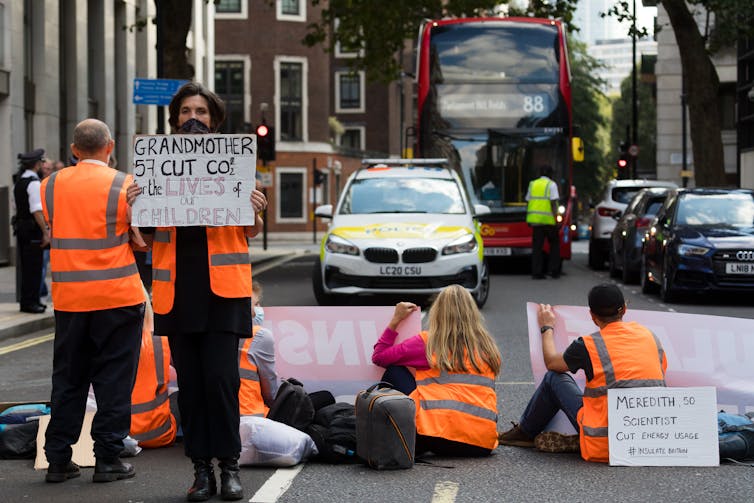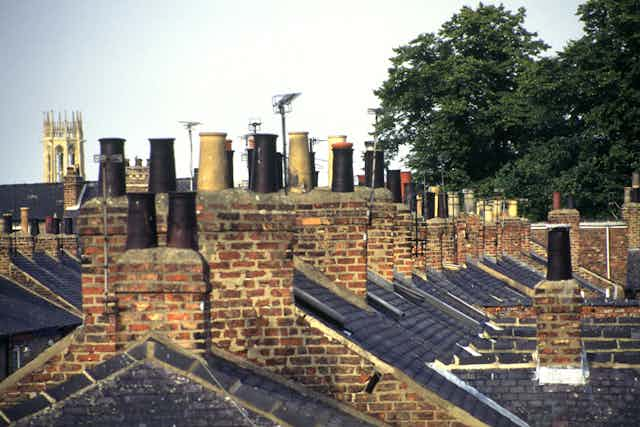The UK government has published its Heat and Buildings Strategy, a plan to replace fossil-fuelled heating like gas boilers with low-carbon technologies such as heat pumps.
First the good news. This is a comprehensive and groundbreaking strategy that flags a range of complex issues involved in solving a problem like decarbonising heat. These include insulating buildings to reduce energy demand, renewable heating systems that are cheaper to run as well as to install, the benefits of boosting local manufacturing, and how the sector will provide thousands of jobs over the next 25 years.
In a significant move, the report states that “ministers want to reduce the price of electricity over the next decade by shifting levies away from electricity to gas”, which means changing the tax burden on these two energy sources. This change is essential to ensure net zero energy is cost effective in the long term. The UK has some of the cheapest gas but the most expensive electricity in Europe, and while heat pumps are more efficient in terms of energy use, in many instances they will be more expensive to operate. Changing this tax balance could cause major economic disruption.
The strategy also boosts the UK’s credentials as a global leader in climate change policy, stating explicitly that net zero will mean “completely moving away from burning fossil fuels for heating”. Until now the UK has been slow to decarbonise heat compared with many European countries. Sweden, for example, uses about 29 grams of CO₂ per kilowatt hour of heating, while the UK uses 185g.

Bad news for 2050 net zero targets
There are things to be less positive about in the strategy, however. While the announced funding of £450 million over three years is substantial, at £5,000 per installation that is only 30,000 heat pumps a year. Around 23 million homes in the UK still have gas boilers, and the strategy itself acknowledges that by 2028 we will need to replace at least 600,000 every year to reach the target of net zero by 2050.
The strategy sets 2035 as the end date for any gas boiler to be installed, whether new or replacement. This is a significant step-change, perhaps a world first for any country setting a fossil-fuel-free date for heating. However, the wording often refers to this as “within a decade” which 2035 obviously is not, implying a faster pace of change than actually proposed. One of the key points from the Paris Agreement of keeping temperature rise “well below 2°C” is that we should be aiming for major carbon reductions “this decade” – that is, by 2030.
There has also been a softening of the language around hydrogen, which is referred to only as a “potential” way of heating buildings. The role of hydrogen is under review until 2026, but by then it is likely other technologies will be so embedded in the market that hydrogen simply won’t fly. Perhaps this is a case of what isn’t said being the most important. The government’s broader Net Zero Strategy was released on the same day, with BBC journalist Roger Harrabin noting “it looks unlikely that there will be much hydrogen left over [after industrial uses] to heat people’s homes”.
Read more: Three charts that show what’s wrong with the UK’s net zero plans
It’s also worth looking at how the government is promoting the strategy. For instance, this line from the accompanying press release:
Recent volatile gas prices across the world have demonstrated the need for the UK to build a secure, home-grown energy sector which supports households to reduce their reliance on fossils fuels such as using gas boilers, while protecting consumers and businesses from unforeseen price spikes.
This is trying to sell the transition based on security of supply and price rather than simply saying “the science of climate change means we have to do this”. It’s a shame because the public has overwhelmingly said they want action on climate change. Consider the Insulate Britain protesters who recently blocked roads for example – why is it so hard for governments to respond directly to this?

Ugly omissions
Finally, the way the report has talked around or ignored several critical actions borders on being ugly.
To achieve net zero, it will be critical to improve energy efficiency through actions like better home insulation. And while the strategy does give energy efficiency plenty of coverage, the targets and investments are inadequate. Energy performance certificates, or EPCs, are the formal rating of how energy efficient a house is. The government’s target is for all houses to achieve EPC band C by 2035 (currently only 40% do). But for net zero, we should be aiming for band A.
Heat networks or “district heating” – where hot water is pumped around multiple buildings from a central source – also gets lots of mentions, but not much detail, even though the UK’s advisory Climate Change Committee anticipates they will supply almost 20% of homes by 2037. In many ways, this reads like a strategy for heat pumps rather than for heating.
But the biggest omission is the lack of any mention of “whole-life” carbon. Making and installing millions of new heat pumps will result in substantial emissions even before they start operating, what is called embodied carbon. It may take years for that embodied carbon to be “repaid” by the reduced operational emissions depending on the technology installed.
Read more: Should you get a heat pump? Here's how they compare to a gas boiler

